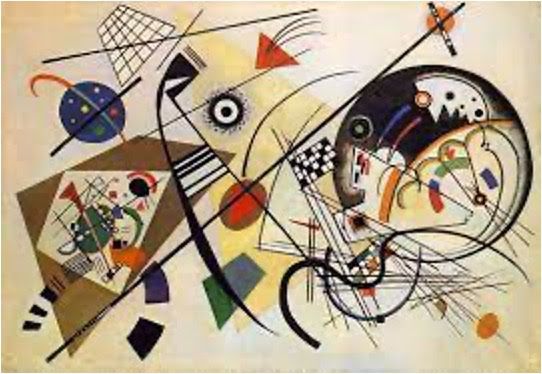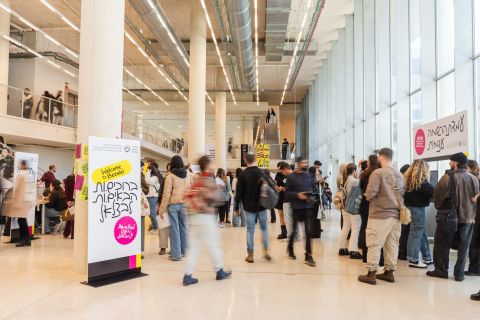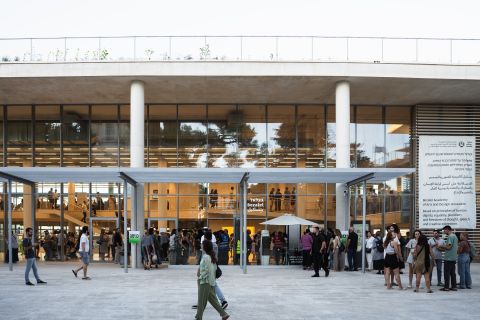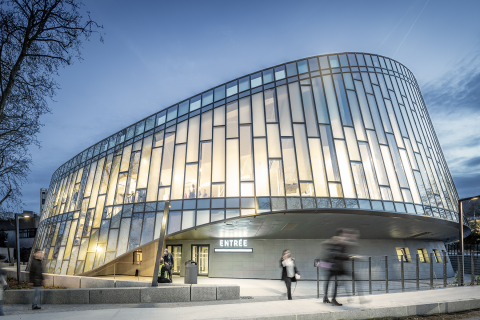Bezalel News
חדשות בצלאל
أخبار بتسلئيل
Is DALL-E an Artistic Genius?
In the past few months, for the first time in human history, we witnessed a flood of images that were created entirely by a machine. DALL-E, named after the famous painter Dali and the Disney-Pixar film, “WALL-E”, was released in April 2022, by the San Francisco based company Open AI. From the outset, the internet was flooded with new images, each “drawn” by the new algorithms with shocking precision, and based on a verbal description (prompt). DALL-E’s abilities are incredible and it rarely fails to translate a description into a relatively convincing image. Had we heard of someone, a poor orphaned Indian boy, for the sake of the story, who, based on short descriptive sentences was able to draw photo-realistic images in a brief moment, the word ‘Genius’ would come to mind. So the question arises: is DALL-E a genius?
When speaking of AI, it’s common to ask about its intelligence. The impression it makes on us might make us wonder, “is it as intelligent as I am?”. But art isn’t a game of chess, and the required question isn’t regarding intelligence, for the same reason that a talented artist may leave the impression of being a genius but not necessarily an intellectual. Generative Artificial Intelligence moves the questions to a whole different level. DALL-E, similar to its less successful predecessors, such as Google’s “Bach Digital”, raises questions regarding intuition, innovation skills and the creative abilities of the machine, but not about its intellectual abilities. In many ways it is a far more disturbing revelation: a smart machine is one thing, but a creative one is a whole new story.
What is an artistic genius? This is a big question that I won’t try to answer here, but what we can say is that the genius teaches us something about our sensibilities. A work of genius opens up a new path in art history, it invents a style and teaches us something new about how subject matter meets its medium and content. But how is it possible that a single artwork shows us something so general? How can we think of one creation as something that opens up a whole world of style, of sensibility? This is possible because the work of a genius is an exemplary creation. A work of genius makes a model of a new sensibility, it is a particular that contains a whole realm- it is singular. The genius is capable of creating exemplaries, in Kant’s words: “Genius is the innate mental attitude (talent) through which nature gives the rule to art.” (The Critique of Judgment. P.46)
So the question is in fact, can DALL-E create demonstrative images?
The question has, of course, an important technical aspect. Françoise Chollet, a senior engineer at Google who’s responsible for the Keras library code for deep learning, identified an important difference between the way humans associate words and images and the way an algorithm such as DALL-E does this. If we’re asked to draw a dog, it is definitely possible that the outcome is far from a dog’s image, but it will have the general shape of a dog, four legs, a tale, a nose, ears etc. DALL-E, on the other hand, may produce an image that looks like a picture, but the object won’t maintain the shape of a dog. DALL-E creates pixels in diffusion by matching averages of colors in different areas as guided by a database of prior images. This means that the object will have the texture of a dog (a certain type of fur or the appearance of muscles and tendons under the skin) but not necessarily a dog’s anatomy. In short: people are guided by the shape of the object whereas DALL-E is guided by its local content. DALL-E “thinks” of a dog as a map of local textures, rather than as an animal with a certain anatomy.
The conclusion drawn is that while human thought about images needs some kind of demonstration, whether it be a mundane dog or a unique stylistic breakthrough, DALL-E's automatic thought does not. The computational procedure, despite its tremendous progress, works locally and does not place the whole before its parts. If the artistic genius creates an image with a model for total sensibility, DALL-E cannot be an artistic genius. Yet it's hard not to feel that something like genius is happening when DALL-E is working, something that is beyond the technical genius that may be involved in the algorithm itself. I would like to suggest that DALL-E is a comedic genius. The operation of the comic genius is different from that of the artistic genius, in that the former works by turning the absolute absurd into the aesthetic. Classic scenes of silent cinema, such as Chaplin next to the Ford conveyor belt in "Modern Times" (1936) or Keaton's ladder in "Cops" (1922) are totally ridiculous when measured by their content alone. But there’s something beyond, the charm and the naivety in which geniuses like Chaplin and Keaton get in and out of these ridiculous situations, and turn something plainly silly into comic gold.
That’s precisely what happens with DALL-E. Asking the spearhead of AI development to draw a sheep, an avocado that is an armchair or a man who sells donuts but is also a donut himself, is to take something casually silly, and to elevate it. One way to think of it is by way of Herbert Spencer’s suggestion as to the meaning of comedy in The Physiology of Laughter (1860), comedy being an incompatible encounter between the ‘low’ and the ‘high’. The high-level technology that meets the silly description, unites what we perceive as supreme with what we perceive as unnecessary or unworthy. DALL-E’s work is artistic but its genius is comical. For the comical genius and for DALL-E, the main matter is in the performance. The performance makes the form.
Attay Kremer
Teaching assistant in the Department of Visual and Material Culture









